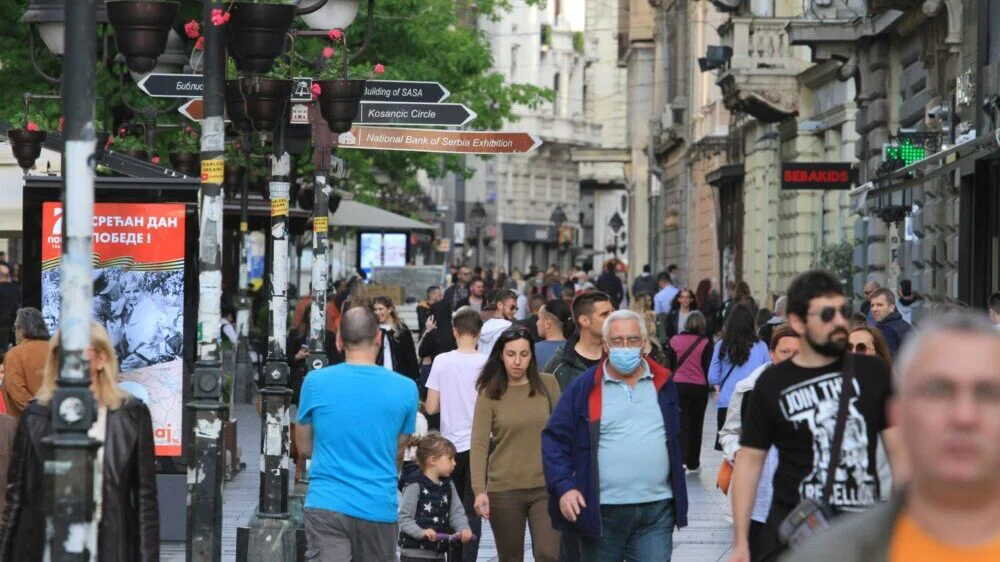Belgrade’s 20-Year Environmental Nightmare: Noise, Pollution, and Industrial Risks in Residential Areas!
Did you know that exactly 20 years ago, Belgrade was on the brink of an environmental disaster, and since then, little has changed? Yes, you read that right! Back in 2005, a report on the capital city’s environment revealed a ticking ecological time bomb – noise levels hitting 75 decibels on Despot Stefan Boulevard, air pollution rising year after year, and worst of all – high-risk industrial plants smack dab in the middle of residential neighborhoods!
Noise That Breaks Your Nerves
Imagine living in a city where noise during the day reaches 75 decibels, and at night, up to 70! This isn’t just annoying; it’s a direct hit to your health and quality of life. The main culprit? Traffic! Old buses, poor quality fuel, and lack of bypass roads shove pollution and noise right into Belgraders’ faces. And while the noise spreads, no one raises a serious voice – as if noise has become the normal background soundtrack of life in Belgrade.
Industry in Residential Zones – What Were They Thinking?!
The most alarming part of the report is the fact that not a single Belgrade municipality is safe from high-risk industry. Yes, you read that right – factories producing, using, and storing over 1,000 tons of hazardous materials annually are located right inside residential areas! Čukarica, Savski Venac, Novi Beograd, Voždovac, Palilula, and Rakovica are the most endangered municipalities. Has anyone ever asked the residents if they want to breathe poison or have their kids grow up next to such plants?
Air Pollution – The Invisible Killer
Air pollution in Belgrade isn’t just a number on paper. It’s a reality felt with every breath. The increase in vehicles, poor fuel quality, and import of old buses only worsen the situation. The lack of traffic infrastructure, like bypasses, further chokes the urban environment. Although drinking water was rated satisfactory, the presence of industrial plants still casts a shadow over residents’ safety and health.
Two Decades of Struggle Without Real Victory
From 2005 until today, Belgrade has gained some systemic mechanisms for managing ecological incidents, but problems remain. Air pollution, noise, and urban expansion of industrial zones into residential neighborhoods are still burning issues. Will there ever be a serious approach to solving these problems, or will we continue living in a city suffocating in its own pollution?
Conclusion – Belgrade on the Edge of an Environmental Collapse
Twenty years later, the 2005 report still sounds like a warning no one wanted to hear. Noise, pollution, and industrial risks in residential zones aren’t just statistics – they are problems directly threatening the health and lives of Belgraders. If you think this is exaggerated, try spending a night on Despot Stefan Boulevard and tell us how you fared.
What about you? Have you ever felt your city becoming unbearable to live in? Or maybe you have your own “noise and pollution” story? Drop a comment, let’s laugh together or ignite a debate – because if not us, then who?
Source: Belgrade Environmental Report, 2005, Daily Newspaper Danas










